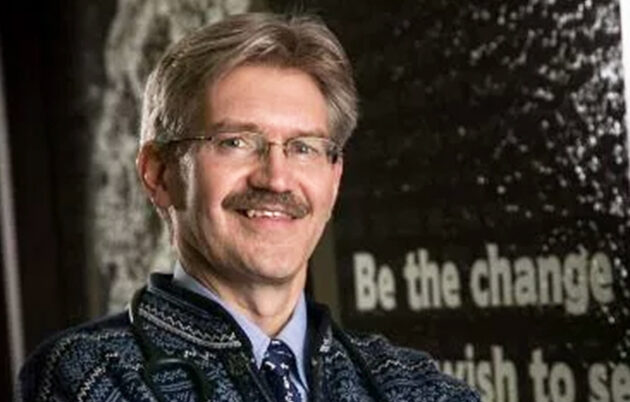While researching how to use human stem cells to create blood-forming cells and lymphoid precursors — the earliest cells from which various immune cells arise — the researchers gained insight into the possibility that manipulating the signaling pathways leading to arterial specification could significantly impact the formation of the precursor to T cells, according to research from Igor Slukvin, MD, PhD, professor of pathology and laboratory medicine and lead scientist of the research study.
Through this process, they increased more than 100 times the efficacy of T cell progenitor generation from human pluripotent stem cells, the research showed.
“Through activation of arterial fate, we can significantly improve T cell production in a dish,” he said. “T cells play an increasing role in new, targeted cancer therapy, which attempt to ‘aim’ T cells at tumors.”
The findings were recently highlighted in the journal Cell Reports.
Slukvin and his colleagues made their discovery by examining the generation of arterial hemogenic endothelium, which are cells that line the walls of arteries and give rise to lymphoid and hematopoietic stem cells in embryo.
The scientists showed that two methods could be used to manipulate the development of arterial hemogenic endothelium and dramatically enhance T cell production from pluripotent stem cells.
One method was to activate the overexpression of the gene ETS1. The technique triggered the creation of T cell precursors through a specific genetic signaling pathway that enhances production of the arterial hemogenic endothelium cells during mesodermal development.
In another technique, Slukvin’s team used a chemical called LY294002 to indirectly activate an enzyme that is responsible for arteries’ development in embryo. Through this process they triggered production of the arterial hemogenic endothelium cells that could produce the T cells.
The new T cell processes could be an improvement on current practices, Slukvin said.
Currently, physicians make cancer-fighting T cells by extracting lymphocytes from blood and sending them to a drug company to generate T cells with molecules aimed to fight cancer. After that, cells are sent back to the hospital for injection into the patient, he said.
“This usually works, but the logistics are complicated, and some patients with advanced cancer or HIV don’t have a lot of lymphocytes for this procedure,” Slukvin said. “Making T cells from pluripotent stem cells offers the opportunity to manufacture universal T cells which can be used as an off-the-shelf supply of living anti-cancer or anti-HIV drugs.”
The next step would be to equip stem cell-derived T cells with cancer-fighting molecules and show they can work in animal models, he said.
The studies were conducted under the umbrella of the Progenitor Cell Biology Consortium, run by the National Heart, Lung and Blood Institute, and involved a collaboration of scientists at UW-Madison and Morgridge Institute. In addition to Slukvin, the authors for this research include Mi Ae Park, PhD, Akhilesh Kumar, PhD, Ho Sun Jung, PhD, Gene Uenishi, Oleg Moskvin, PhD, and James Thomson, PhD, VMD.

